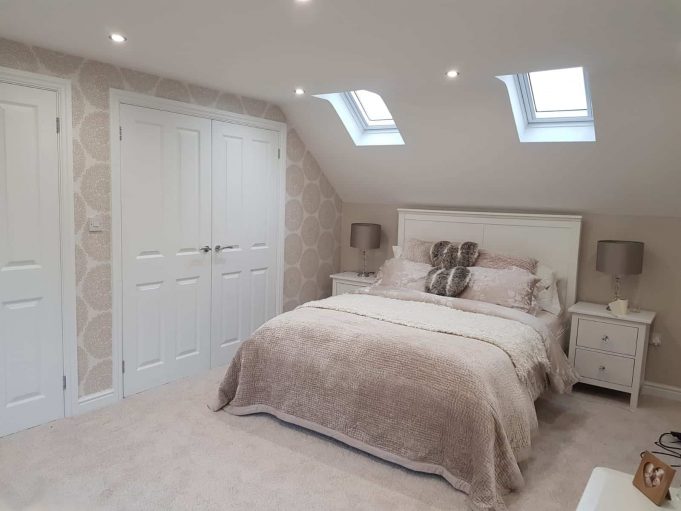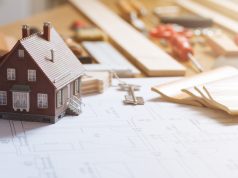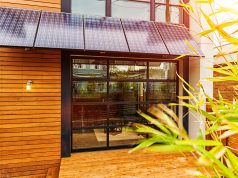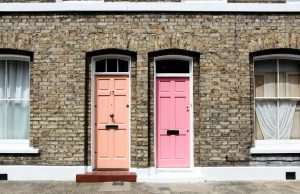Loft conversions have become a popular way to add space and value to our property.
However, in an era where environmental concerns are paramount, it’s important to consider the impact of construction activities on the planet.
Low carbon building practices offer a sustainable solution, reducing carbon emissions and promoting eco-friendly construction methods.
Understanding Low Carbon Building
Low carbon building involves the use of materials and processes that have a minimal impact on the environment.
This approach is vital in the fight against climate change, aiming to reduce greenhouse gas emissions associated with construction activities.
Benefits
- Environmental Preservation: Reduces the carbon footprint of construction projects.
- Energy Efficiency: Low carbon buildings often consume less energy.
- Cost-Effective: Long-term savings in energy and maintenance costs.
- Healthier Living Spaces: Use of non-toxic, sustainable materials improves indoor air quality.
Loft Conversion: A Sustainable Approach
The Relevance of Loft Conversions
Loft conversions represent an effective way to maximize existing space without the environmental impact of new construction.
Loft World offer a useful guide form anyone considering a loft conversion.
This approach aligns with the principles of sustainable development, utilizing the existing footprint of the house.
Integrating Low Carbon Practices
Materials
- Sustainable Insulation: Sheep’s wool or recycled materials provide excellent thermal properties.
- Eco-Friendly Flooring: Bamboo or reclaimed wood options.
- Green Roofing: Living roofs for better insulation and biodiversity.
Energy Efficiency
- Solar Panels: Harnessing solar energy for electricity and heating.
- Energy-Efficient Windows: Double or triple-glazed windows to reduce heat loss.
- LED Lighting: Low energy lighting options for a greener home.
Water Conservation
- Rainwater Harvesting Systems: To reuse rainwater for toilets and gardening.
- Low-Flow Fixtures: Installing fixtures that conserve water.
Understanding Regulations and Planning Permission
Understanding UK Building Regulations
Building regulations in the UK are designed to ensure safety, energy efficiency, and sustainability. Loft conversions must adhere to these standards, particularly in terms of structural integrity and insulation.
The UK Government is already on a path to making this workable with new builds
Planning Permission
While loft conversions often fall under “permitted development,” it’s crucial to check with local authorities. Factors like heritage status or living in a conservation area can affect permissions.
Case Studies and Success Stories
Highlighting several successful low carbon loft conversions in the UK can provide inspiration and practical insights. These case studies often reveal innovative solutions and the tangible benefits of sustainable practices.
Financial Incentives and Support
Government Schemes and Grants
The UK government occasionally offers schemes and grants to encourage energy-efficient home improvements. Information on current incentives can be a valuable resource for homeowners.
Professional Guidance
Hiring architects or builders specializing in low carbon construction can ensure compliance with regulations and the successful implementation of sustainable practices.
Loft conversions are more than just an addition to a home; they represent an opportunity to embrace low carbon building practices.
By adopting sustainable materials, energy-efficient technologies, and water conservation measures, homeowners in the UK can contribute to a greener future.
Understanding regulations and leveraging financial incentives further enhance the feasibility of these eco-friendly projects.
As the world moves towards sustainability, loft conversions stand as a testament to the possibilities of environmentally responsible construction














